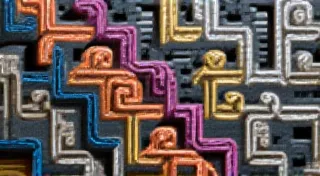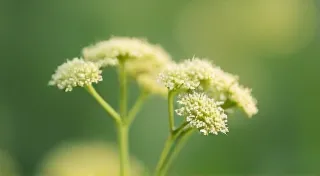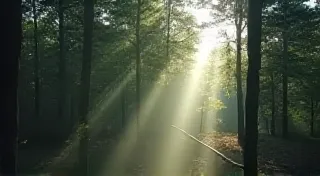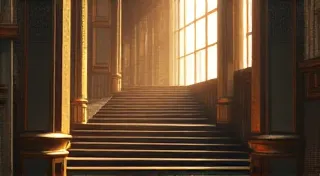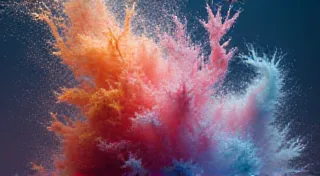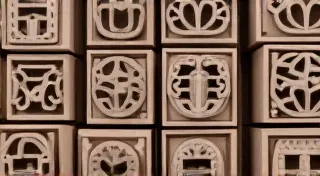The Weaver’s Thread: Connecting Words and Images in Chalkboard Storytelling
There's a certain magic held within antique accordions. More than just instruments, they’re vessels of memory, echoing with the laughter and tears of generations. The bellows sigh, the keys respond, and suddenly, you’re transported. I remember my grandfather, a quiet man of few words, but a soul overflowing with music, coaxing melodies from his battered accordion. The instrument itself, adorned with faded carvings and worn leather, seemed to hum with untold stories. It's this feeling—this layering of history, emotion, and narrative—that I’ve always sought to capture in my chalkboard art.
Chalkboard art isn't simply about drawing pretty pictures or crafting elegant lettering; it's about weaving a story. It’s about connecting words and images in a way that resonates with the viewer, that evokes a feeling, a memory, a sense of wonder. Think of antique shop signs, hand-painted with a flourish and a sense of genuine pride. They aren't just advertising; they're miniature masterpieces, each stroke imbued with the personality of the artisan. That’s the level of storytelling I aim for.
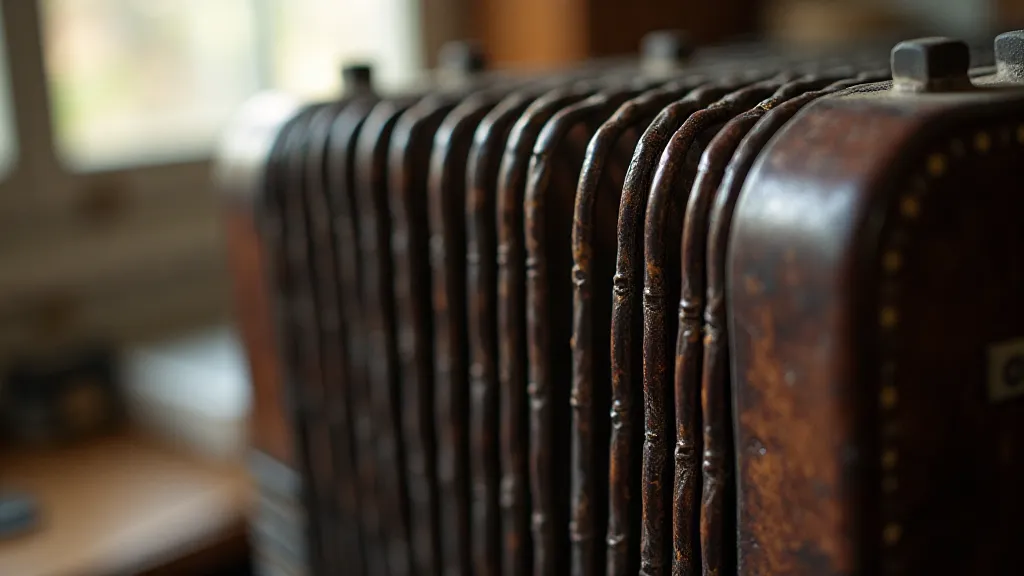
The Historical Context: Signs of a Bygone Era
The tradition of chalkboard art is deeply intertwined with the history of commerce and communication. Before neon signs and digital displays, businesses relied on hand-lettered signs to attract customers. These weren't created by design professionals, but by sign painters, often with a keen eye for detail and a deep understanding of typography and illustration. These signs weren't just functional; they were expressions of local character, proudly displayed in town squares and shopfronts.
Consider the evolution of signage. Early signs were often simple—just a name and a few words—painted directly onto walls or wooden boards. As printing technology advanced, businesses began using pre-printed signs, but the desire for a personal touch remained. That's when the chalkboard sign emerged – a blank canvas that allowed for creativity, flexibility, and a connection with the community. Imagine the sign painter, carefully sketching a design, mixing colors, and then meticulously transferring it to the chalkboard. It was a slow, deliberate process, a testament to the value placed on craftsmanship.
The Art of Blending Text and Visuals
Mastering chalkboard art goes beyond simply knowing how to draw or letter. It's about understanding how text and visuals interact. Think of a vintage movie poster – the evocative imagery immediately draws you in, and the carefully chosen typography reinforces the mood and tone. The same principles apply to chalkboard art. The font you choose, the size of your lettering, the placement of your illustrations – all these elements contribute to the overall impact of the piece.
Start by sketching out your design on paper before you approach the chalkboard. This allows you to experiment with different layouts and compositions without wasting chalk. Consider the hierarchy of information. What is the most important message you want to convey? Make that the focal point of your design. Use contrasting colors and sizes to draw attention to key elements. And don’t be afraid to experiment with different styles of lettering. From elegant script to bold sans-serif, the possibilities are endless.
Finding Inspiration: From Accordions to Antique Shops
My own inspiration often comes from unexpected places. The intricate mechanism of an accordion, with its multitude of keys and bellows, is a constant source of fascination. The way the instrument transforms a single person into a musical storyteller—that’s what I try to emulate in my work.
Antique shops are another treasure trove of inspiration. The worn furniture, the dusty artifacts, the faded photographs—each object tells a story. I find myself drawn to the imperfections, the signs of age and wear that add character and depth. Those little details—a chipped corner, a faded inscription—are what make these objects so compelling. I try to incorporate that same sense of authenticity and imperfection into my chalkboard art.
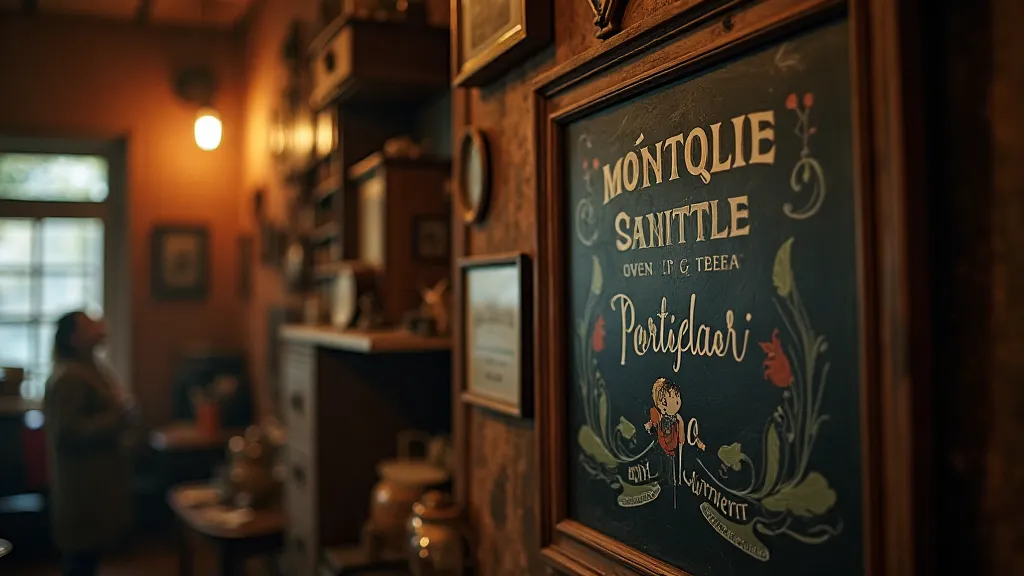
Technical Tips & Techniques
Beyond the aesthetic considerations, a few technical aspects are crucial. Using high-quality chalk is paramount. Artist's chalk provides a wider range of colors and blends more easily than basic blackboard chalk. Blending stumps are your friends! They allow you to create smooth gradients and soften harsh lines. Don’t underestimate the power of fixative. A light spray of fixative can help prevent your artwork from smudging. Practice your lettering on paper or a scrap piece of chalkboard before committing to the final piece.
For intricate designs, consider using a pounce wheel to transfer your sketch onto the chalkboard. This technique involves poking tiny holes through your sketch, then transferring the pattern by gently tapping chalk through the holes onto the surface. It’s a bit messy, but it’s incredibly effective for reproducing complex designs accurately.
The Enduring Appeal of Handcrafted Signs
In a world dominated by digital displays and mass-produced graphics, there's something deeply satisfying about a handcrafted chalkboard sign. It's a tangible connection to the past, a reminder of a time when things were made with care and attention to detail. It’s a celebration of human creativity and ingenuity.
Restoring antique accordions, like preserving a fading chalkboard sign, is about more than just fixing a broken object. It’s about preserving a piece of history, a link to a bygone era. It’s about honoring the craftsmanship of those who came before us. The faint echo of a musician’s tune, the simple elegance of a hand-lettered sign—these are the things that resonate with us, that connect us to something larger than ourselves.
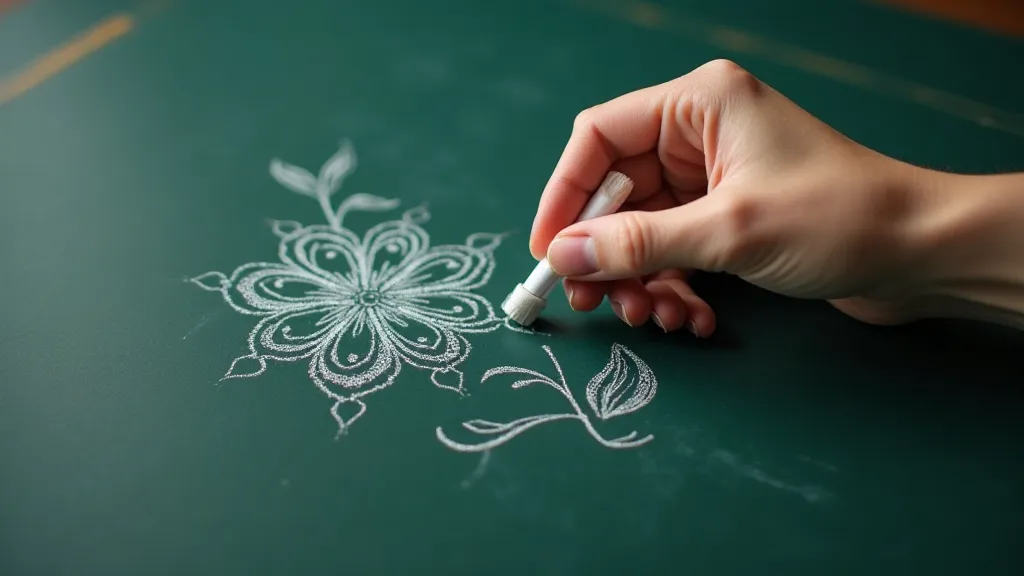
Ultimately, chalkboard art is about storytelling – weaving together words and images to create something beautiful, meaningful, and enduring. It’s about finding that weaver’s thread, connecting the past to the present, and sharing a piece of yourself with the world.
